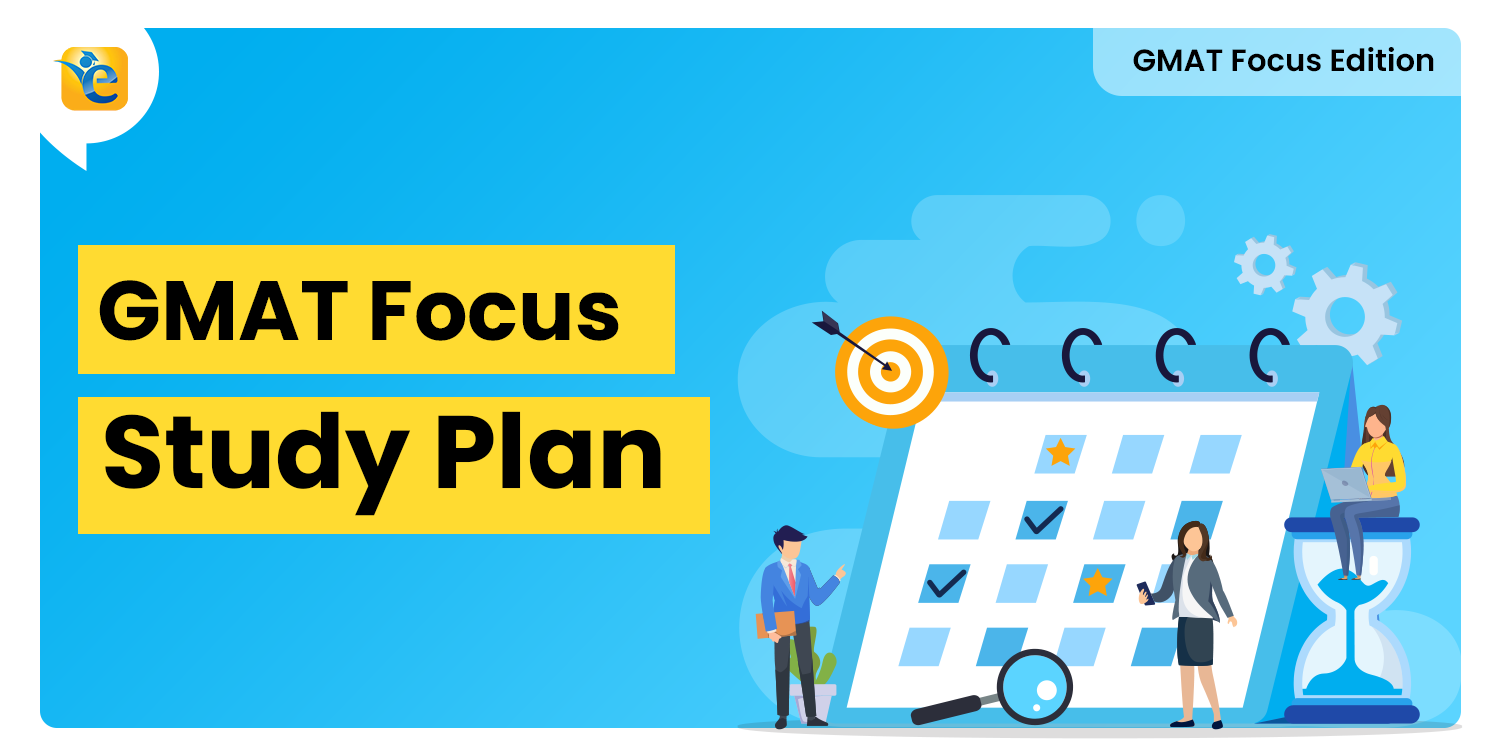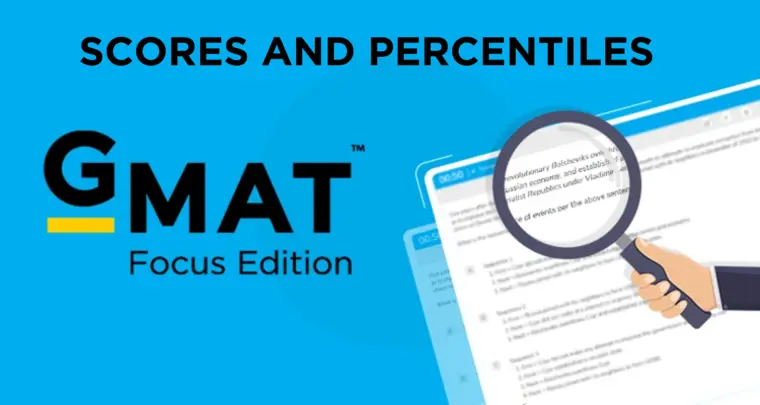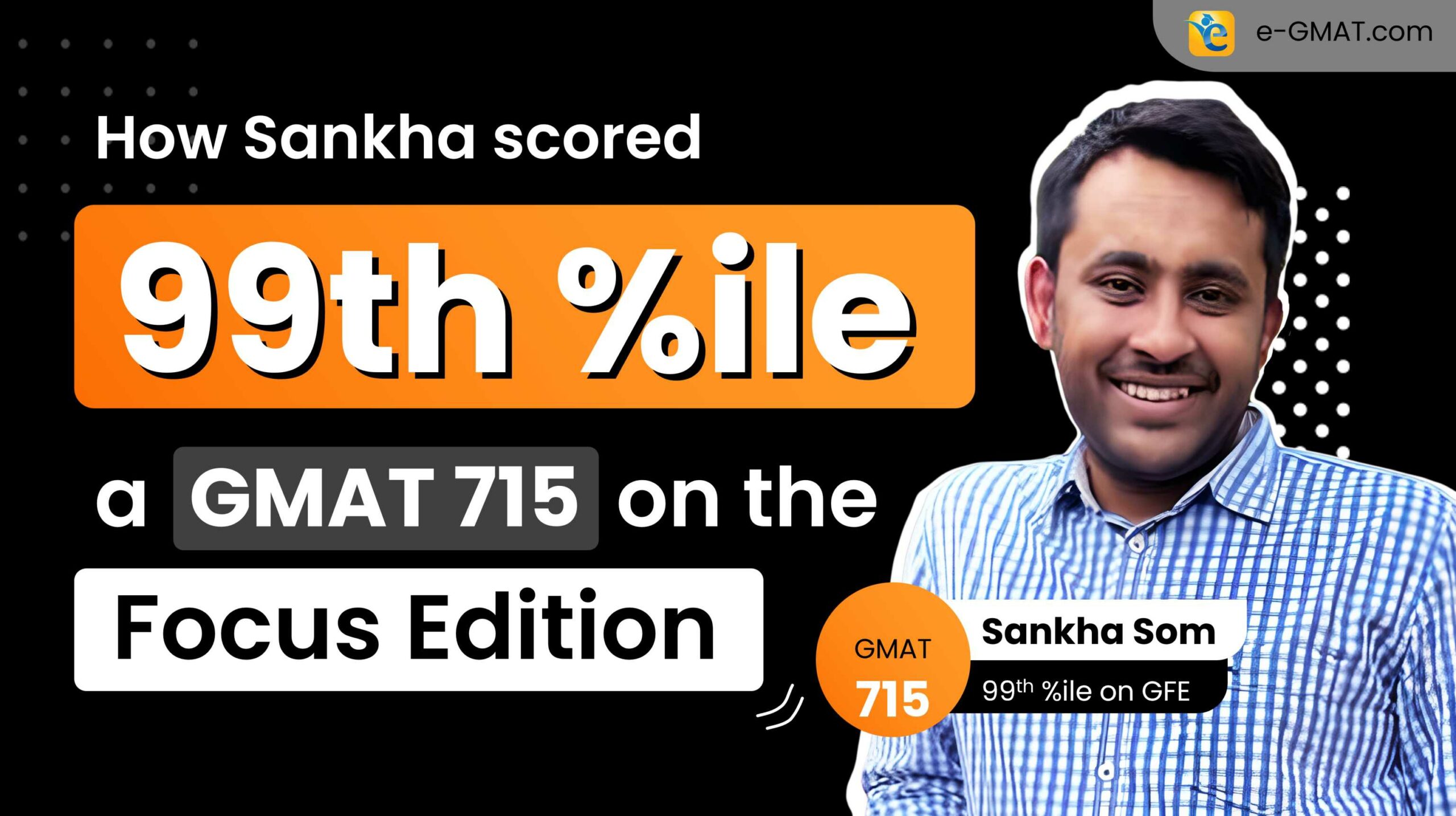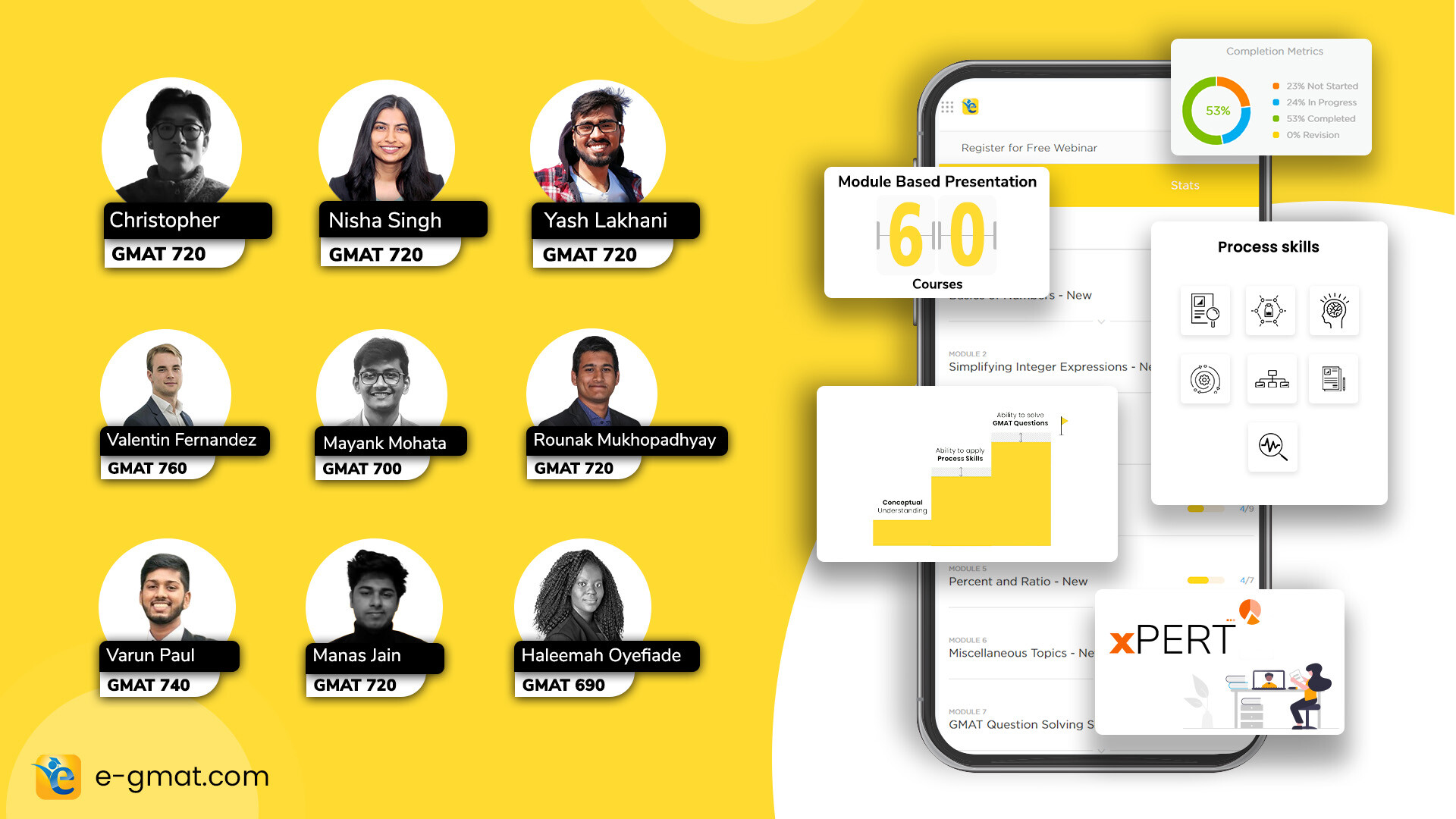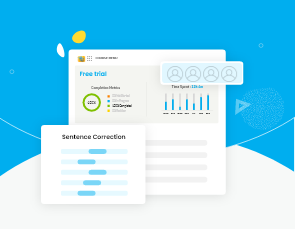Mindfulness is the practice of being fully present and engaged in the moment, without judgment. It encourages an awareness of our thoughts, feelings, and surroundings. In stressful situations—like preparing for the GMAT—mindfulness can help ground you in the present and manage anxiety that can distract from optimal performance.
The GMAT is not just a test of intellect; it’s a high-pressure situation that can generate significant anxiety. Many test-takers find themselves overwhelmed by the stakes of the exam, leading to stress that can hinder their performance. By incorporating mindfulness techniques, you can alleviate this anxiety, focus your thoughts, and boost confidence on test day, ultimately enhancing your GMAT experience.
Understanding GMAT’s Adaptive Testing Format
Explanation of Adaptive Testing
The GMAT uses an adaptive testing format, meaning that the difficulty of the questions adapts to your ability level. If you answer a question correctly, the next one likely becomes harder. If you struggle, the subsequent questions will be easier. While this format is designed to accurately measure your skills, it can create additional pressure and heighten anxiety.
Impact of Adaptive Format on Test Anxiety
The pressure to perform well can feel overwhelming. Knowing that each question changes based on your response adds an extra layer of stress. This emotional weight can lead to impaired focus and can stall your performance. Understanding this adaptive nature allows you to equip yourself with strategies to reduce the anxiety it generates.
Mindfulness Techniques for GMAT Preparation
Deep Breathing Exercises
Explanation
Deep breathing is a simple but powerful mindfulness technique that encourages relaxation and stress relief. It helps calm your nervous system, making it easier to focus on your studies.
Steps
- Find a quiet space and sit comfortably.
- Close your eyes and take a deep breath through your nose for a count of 4.
- Hold the breath for another count of 4.
- Slowly exhale through your mouth for a count of 6.
- Repeat this cycle for several minutes, allowing the rhythm to calm you.
Body Scan Meditation
Explanation
Body scan meditation involves paying close attention to different parts of your body, promoting relaxation and helping to relieve tension.
Steps
- Lie down or sit in a comfortable position.
- Close your eyes and take a few deep breaths.
- Start at your toes and mentally scan upwards, noticing any sensations without judgment.
- As you identify areas of tension, imagine breathing into them, allowing tension to melt away.
- Continue to the top of your head, taking your time with each area.
Grounding Techniques
Explanation
Grounding techniques are methods that help you anchor yourself in the present. They can be handy when anxiety starts to creep in.
Steps
- The 5-4-3-2-1 method is a popular grounding technique:
- Identify 5 things you can see around you.
- Note 4 things you can physically feel (like the chair beneath you).
- Listen for 3 sounds in your environment.
- Identify 2 scents you can smell.
- Taste 1 thing (if applicable) or remember a favorite taste.
- This technique draws your focus away from anxiety and brings you back to the present moment.
Implementing Mindfulness in GMAT Testing
Mindfulness Pre-Test Rituals
Consider establishing a pre-test ritual that incorporates mindfulness. This could include a few minutes of deep breathing, a quick body scan meditation, or quiet reflection on your abilities and preparation. These practices help prepare your mind for the challenge ahead.
Mindfulness During the Test
How to Stay Present
Stay focused by reminding yourself to take it one question at a time. If distractions arise, gently guide your attention back to the present moment.
Managing Anxious Thoughts
When anxiety strikes, acknowledge your thoughts without judgment. You might say to yourself, “It’s okay to feel this way.” Redirect your focus on your breath or the task at hand to regain balance.
Counterarguments and Criticisms
Mindfulness Doesn’t Work for Everyone
While some may find mindfulness techniques unhelpful, it’s important to note that not every strategy works for every individual.
Rebuttal
Mindfulness is versatile. Experimentation allows you to adapt practices to fit your needs, enhancing your experience and finding techniques that you sincerely appreciate.
Time Investment
A common concern is that engaging in mindfulness practices takes time away from studying.
Rebuttal
Incorporating mindfulness into your study sessions can actually enhance focus and retention, making your study time more efficient and effective. It’s about quality, not quantity.
Conclusion
Mindfulness techniques can significantly enhance your GMAT performance by reducing anxiety and fostering clarity of thought. By embracing these practices, you’ll create a mental space conducive to focus and efficiency.
As you prepare for the GMAT, don’t hesitate to experiment with these mindfulness strategies. The journey to mastering the GMAT involves not just studying hard, but also taking care of your mental well-being. Try these techniques and discover how they can help you perform at your best when it matters most.
Take the first step toward greater calm and focus today. Explore these mindfulness techniques, practice them consistently, and watch how they transform your GMAT preparation and performance!


